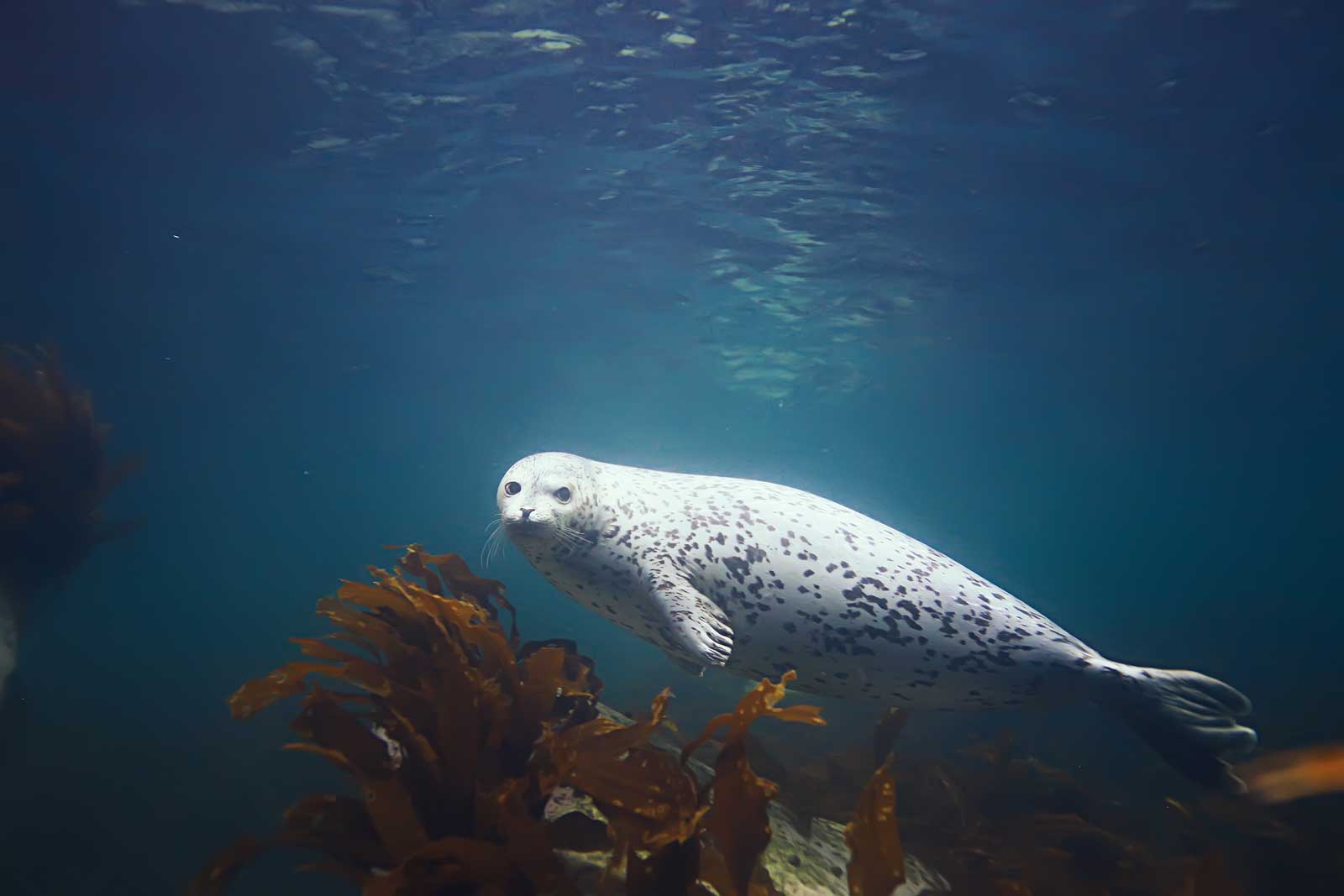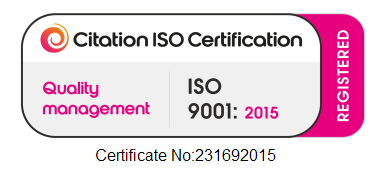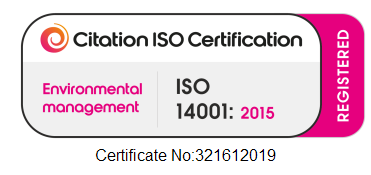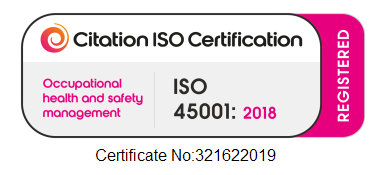Report on noise abatement systems
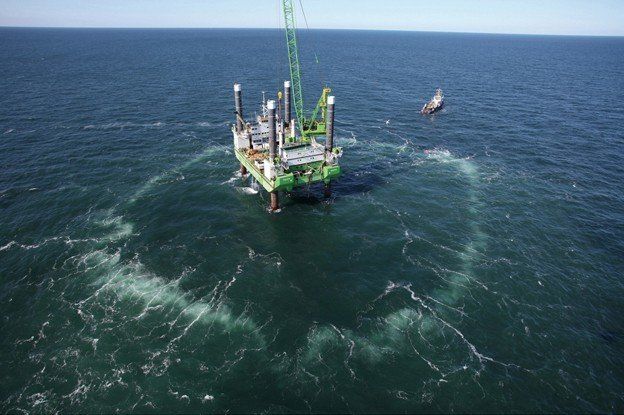
July 2019 saw the release of a comprehensive report on noise abatement systems and mitigation measures by SMRU Consulting on behalf of Scottish Natural Heritage (SNH). The results presented in this study are a great resource for how different technical mitigation measures (as opposed to procedural or timing) can be used to reduce noise levels during construction of offshore wind farms, which can be considered when modelling potential noise from wind farm construction.
The report contains details for a range of mitigation measures including bubble curtains, pile casings, resonators and alternative hammers, and presents the efficacy of each type, including an approximate noise reduction in decibels (dB), what frequencies the methods work best over, and suitability to different sites. The noise reductions from the different equipment are variable, but it is noted that with big bubble curtains (BBC), noise mitigation systems (NMS), and hydro sound dampers (HSD), overall noise levels can be reduced by at least 10 dB, with reductions of up to 20 dB being demonstrated; levels can reduce further when multiple noise abatement systems are used. It is also noted that some systems are more effective at high frequencies, which would be beneficial to species of marine mammal, and some are more effective at lower frequencies, which would aid in noise reductions for fish. Some caution should be taken with the results: the frequency attenuation data presented are limited to 10 kHz, whereas there can be significant energy above this from pile strikes (for example), and the greatest sensitivity of many marine mammals of concern, including harbour porpoises, is also above this.
Subacoustech Environmental's modelling processes include the use of these forms of mitigation where appropriate.
Links:
http://www.smruconsulting.com/noise-abatement-system-report/
Report reference: Verfuss U K, Sinclair R R, Sparling C E
(2019). A review of noise abatement systems for offshore wind farm
construction noise, and the potential for their application in Scottish waters.
Scottish Natural Heritage Research Report No. 1070.
Image: Hero Lang (Fotograf)Fa. Hydrotechnik Lübeck (Rechteinhaber) [CC BY-SA 3.0 de ( https://creativecommons.org/licenses/by-sa/3.0/de/deed.en) ]

